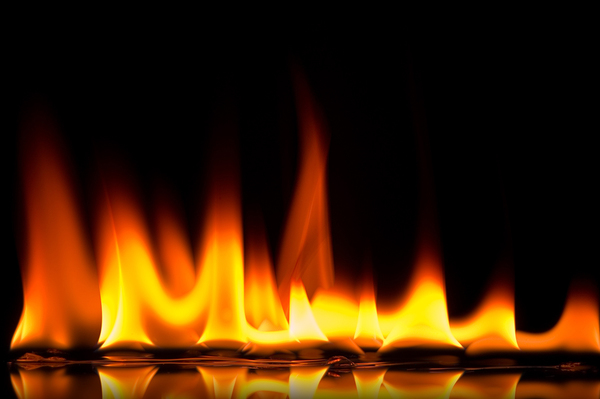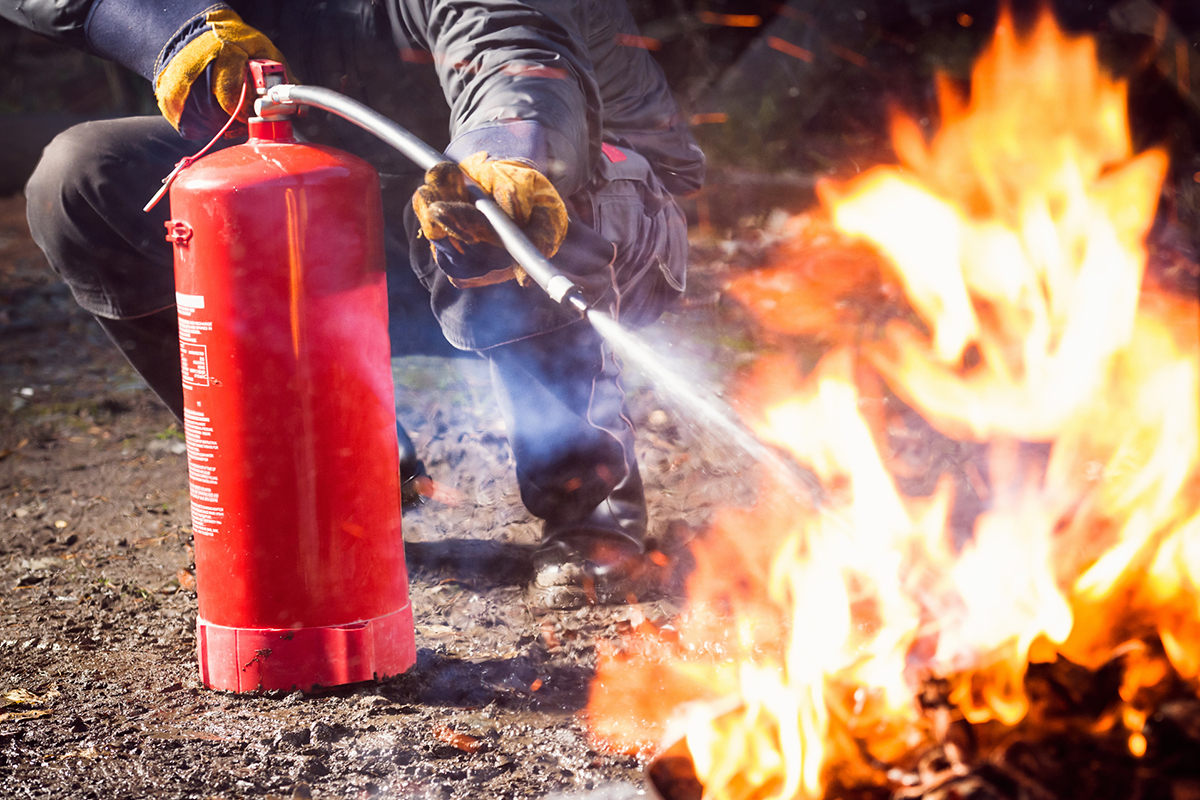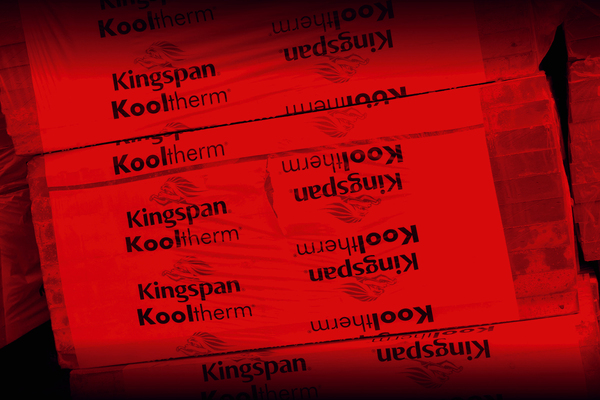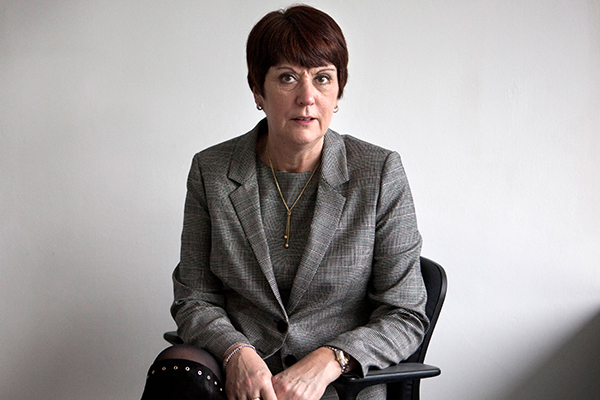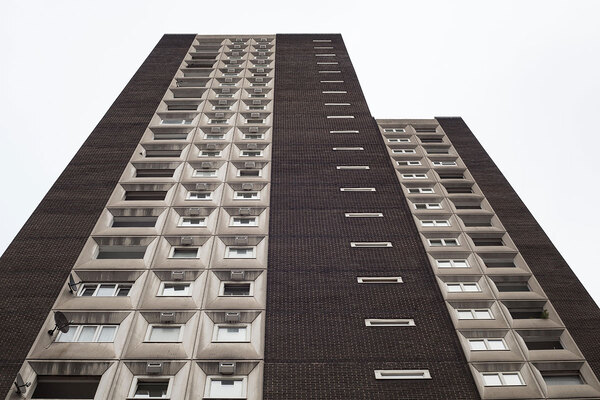You are viewing 1 of your 1 free articles
Plan to include specific 'desktop study' route in fire safety guidance criticised
The government’s proposal to include a specific reference to the use of desktop studies in official guidance for the first time has been criticised by experts.
Last week the Ministry of Housing, Communities and Local Government (MHCLG) published a letter that set out its proposed changes to Approved Document B – the fire safety guidance that accompanies the building regulations.
The MHCLG said it plans to “revise the wording” on the use of desktop studies. However, there is currently no specific wording on desktop studies in the guidance.
The guidance currently demands that insulation materials are of limited combustibility or can be shown to resist the spread of flame based on “full-scale test data”. While the guidance does not specifically say this can be proved through a desktop study, Inside Housing understands the government believes it is currently drafted loosely enough to permit them.
The Hackitt Review’s interim report said the government should “significantly restrict” the use of desktop studies to approve changes to cladding and other systems “to ensure that they are only used where appropriate and with sufficient, relevant test evidence”.
The Royal Institute of British Architects (RIBA) said desktop studies should not be used to assess how external walls react to fire.
A spokesperson said: “RIBA doesn’t believe that there should be any place for any form of desktop study methods of assessing the fire performance of external wall construction in the future.
“For buildings over 18 metres in height the RIBA recommendation is that external wall construction should be comprised of non-combustible (European Class A1) materials only. This should possibly be extended to all higher-risk buildings regardless of height. In other circumstances where combustible materials are used this should be based upon their performance in full-scale tests.”
Rudi Klein, chief executive of the Specialist Engineering Contractors’ Group, said: “I think it is a weakening of guidance.”
He added: “My view on desktop studies is they sound all very well because they’re obviously trying to minimise cost and reduce bureaucracy but on the other hand, unless they do things like spot checks to check what information is given within these desktop studies, then I’m very circumspect about them. I’m always doubtful that they will do anything that will ensure we’re going to get the right quality.”
An MHCLG spokesperson said: “Dame Judith Hackitt recommended in her interim report that we should significantly restrict the use of desktop studies. We agree with this, and will shortly be consulting on revised guidance.”
What are desktop studies, and why are people concerned?
Building regulations say cladding systems which contain combustible insulation must be shown to meet specific standards based on “full scale test data”
A ‘desktop study’ is a means of making an assumption about whether or not a cladding system would meet these standards without actually testing it.
It involves using data from previous tests of the materials in different combinations to make assumptions about how it would perform in a test.
This is not specifically provided for in the current guide to building regulations, but the government believes they are loosely drafted to an extent which makes it permissible. It plans to redraft the guidance to include specific rules on the use of desktop studies for the first time.
The alternatives to a desktop study are full scale testing or not using combustible materials.
People are concerned about the process because it is based on assumption: at least one system cleared through a desktop study has failed a full scale test.
This is important for fire safety because mistakes may mean unsafe cladding systems being cleared for use on tall buildings.
The Hackitt Review
Photo: Tom Pilston/Eyevine
Dame Judith Hackitt’s (above) interim report on building safety, released in December 2017, was scathing about some of the industry’s practices.
Although the full report is not due to be published until later this year, the former Health and Safety Executive chair has already highlighted a culture of cost-cutting and is likely to call for a radical overhaul of current regulations in an interim report.
Dame Hackitt’s key recommendations and conclusions include:
- A call for the simplification of building regulations and guidelines to prevent misapplication
- Clarification of roles and responsibilities in the construction industry
- Giving those who commission, design and construct buildings primary responsibility that they are fit for purpose
- Greater scope for residents to raise concerns
- A formal accreditation system for anyone involved in fire prevention on high-rise blocks
- A stronger enforcement regime backed up with powerful sanctions
Never Again campaign
Inside Housing has launched a campaign to improve fire safety following the Grenfell Tower fire
Never Again: campaign asks
Inside Housing is calling for immediate action to implement the learning from the Lakanal House fire, and a commitment to act – without delay – on learning from the Grenfell Tower tragedy as it becomes available.
LANDLORDS
- Take immediate action to check cladding and external panels on tower blocks and take prompt, appropriate action to remedy any problems
- Update risk assessments using an appropriate, qualified expert.
- Commit to renewing assessments annually and after major repair or cladding work is carried out
- Review and update evacuation policies and ‘stay put’ advice in light of risk assessments, and communicate clearly to residents
GOVERNMENT
- Provide urgent advice on the installation and upkeep of external insulation
- Update and clarify building regulations immediately – with a commitment to update if additional learning emerges at a later date from the Grenfell inquiry
- Fund the retrofitting of sprinkler systems in all tower blocks across the UK (except where there are specific structural reasons not to do so)
We will submit evidence from our research to the Grenfell public inquiry.
The inquiry should look at why opportunities to implement learning that could have prevented the fire were missed, in order to ensure similar opportunities are acted on in the future.
